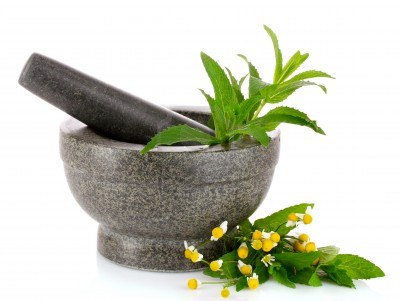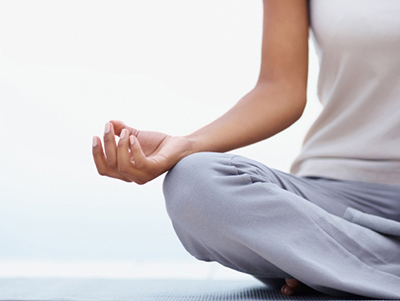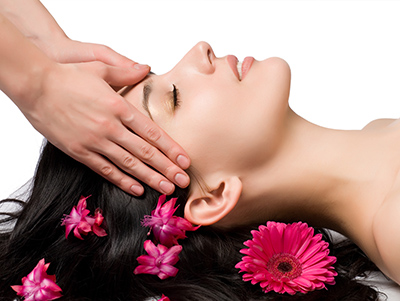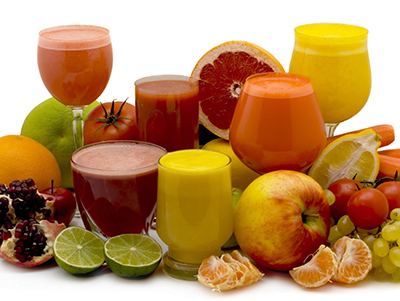Siddha Medicine
 Siddha Medicine (“ சித்த மருத்துவம் ” or ” தமிழ் மருத்துவம் ” in Tamizh) is one of the oldest medical systems known to mankind. Contemporary Tamizh literature holds that the system of Siddha medicine originated in Southern India, in the state of Tamil Nadu, as part of the trio Indian medicines — ayurveda, siddha and unani. Reported to have surfaced more than 10000 years ago, the Siddha system of medicine is considered one of the most ancient traditional medical systems.
Siddha Medicine (“ சித்த மருத்துவம் ” or ” தமிழ் மருத்துவம் ” in Tamizh) is one of the oldest medical systems known to mankind. Contemporary Tamizh literature holds that the system of Siddha medicine originated in Southern India, in the state of Tamil Nadu, as part of the trio Indian medicines — ayurveda, siddha and unani. Reported to have surfaced more than 10000 years ago, the Siddha system of medicine is considered one of the most ancient traditional medical systems.
“Siddhargal” or Siddhars were the premier scientists of ancient days.
The Siddha system of medicine is one of the ancient systems contemporaneous with those of the submerged lands, Egyptian, Mesopotamian, Chinese and Grecian medicines. The unique nature of this system is its continuous service to humanity for more than five thousand years in combating diseases and in maintaining physical, mental and moral health.
The Siddha system should be the first to expatiate toxicology in a very refined manner. Many toxic plants and elements are described in detail with their perniciousness and the antidotes to cure the consequences ensued. Antidotes for animal bites, especially snake bites are unequalled by Siddha medications.
The pathology explains 4448 diseases in detail. The treatments for diseases are done by medications, numerous therapies and surgical procedures.
Yoga
 Yoga is a commonly known generic term for physical, mental, and spiritual disciplines which originated in ancient India. yoga became popular as a physical system of health exercises across the Western world. Many studies have tried to determine the effectiveness of yoga as a complementary intervention for cancer, schizophrenia, asthma and heart patients. In a national survey, long-term yoga practitioners in the United States reported musculo–skeletal and mental health improvements.
Yoga is a commonly known generic term for physical, mental, and spiritual disciplines which originated in ancient India. yoga became popular as a physical system of health exercises across the Western world. Many studies have tried to determine the effectiveness of yoga as a complementary intervention for cancer, schizophrenia, asthma and heart patients. In a national survey, long-term yoga practitioners in the United States reported musculo–skeletal and mental health improvements.
Rāja yoga (“royal yoga”, “royal union”, also known as Classical yoga and aṣṭānga yoga) is practiced by us. Rāja yoga is traditionally referred to as aṣṭānga (eight-limbed) yoga because there are eight aspects to the path to which one must attend. Practices that serve to maintain for the individual the ability to access this state may be considered rāja yoga practices. Thus rāja yoga encompasses and differentiates itself from other forms of yoga by encouraging the mind to avoid the sort of absorption in obsessional practice (including some traditional practices) that can create false mental objects.
The eight limbs of Ashtanga Yoga are:
- Yama – code of conduct, self-restraint
- Niyama – religious observances, commitments to practice, such as study and devotion
- Āsana – integration of mind and body through physical activity
- Pranayama – regulation of breath leading to integration of mind and body
- Pratyahara – abstraction of the senses, withdrawal of the senses of perception from their objects
- Dharana – concentration, one-pointedness of mind
- Dhyana – meditation (quiet activity that leads to samadhi)
- Samādhi – the quiet state of blissful awareness, superconscious state.
They are sometimes divided into the lower and the upper four limbs, the lower ones—from yama to pranayama—being parallel to the lower limbs of Hatha Yoga, while the upper ones—from pratyahara to samadhi—being specific for the rāja yoga. The upper three limbs practiced simultaneously constitute the Samyama.
Asana in the sense of a posture that one can hold for a period of time, staying relaxed and with normal (calm) breathing (or, as some sources say, “without effort”).
In English, the Sanskrit word asana means “seat”, the place where one sits; or posture, position of the body (any position). Asanas (in the sense of Yoga “posture”) are said to derive from thevarious positions of animals’ bodies (whence are derived most of the names of the positions). 84 asanas are considered to be the main postures, of which the highest are Shirshasan (headstand) and Padmasan (lotus).
The practice of asanas affects the following aspects or planes of the human being:
- physical (blood circulation, inner organs, glands, muscles, joints and nerve system)
- psychological (developing emotional balance and stability, harmony)
- mental (improved ability to concentrate, memory)
- consciousness (purifying and clarifying consciousness/awareness)
Massage
 Massage is the manipulation of superficial and deeper layers of muscle and connective tissue using various techniques, to enhance function, aid in the healing process, decrease muscle reflex activity, inhibit motor-neuron excitability, promote relaxation and well-being, and as a recreational activity.
Massage is the manipulation of superficial and deeper layers of muscle and connective tissue using various techniques, to enhance function, aid in the healing process, decrease muscle reflex activity, inhibit motor-neuron excitability, promote relaxation and well-being, and as a recreational activity.
Massage involves working and acting on the body with pressure – structured, unstructured, stationary, or moving – tension, motion, or vibration, done manually or with mechanical aids. Target tissues may include muscles, tendons, ligaments, fascia, skin, joints, or other connective tissue, as well as lymphatic vessels, or organs of the gastrointestinal system. Massage can be applied with the hands, fingers, elbows, knees, forearm, or feet.
In Siddha, Tamil traditional medicine from south India, Massage is termed as “Thokkanam” and is classified in to nine types, each for specific variety of disease.
We practice Siddha, Ayurvedic, Sweedish, Accupressure techniques of massage,
- Varma Massage
- Panchakarma
- Udhwarthana — Weight loss therapy
Steam bath opens pores, soothes sore muscles, increases circulation, and provides a generally relaxing and healthy experience. Steam relaxes the body, acts as a immune booster, improves circulation, removes toxins, cleanses skin, it considerably reduces body fat thereby reducing weight.
Our steam bath uses sophisticated German technology with auto cutoff timer, temperature control with digital display, temperature auto cutoff providing the maximum safety.
Naturopathy
Naturopathy, or naturopathic medicine, is a form of alternative medicine based on a belief in vitalism, which posits that a special energy called vital energy or vital force guides bodily processes such as metabolism, reproduction, growth, and adaptation. Naturopathy favors a holistic approach with non-invasive treatment and, similar to conventional medicine, encourages minimal use of surgery and drugs.
